Home>Articles>What Does A Broken Garage Door Spring Look Like
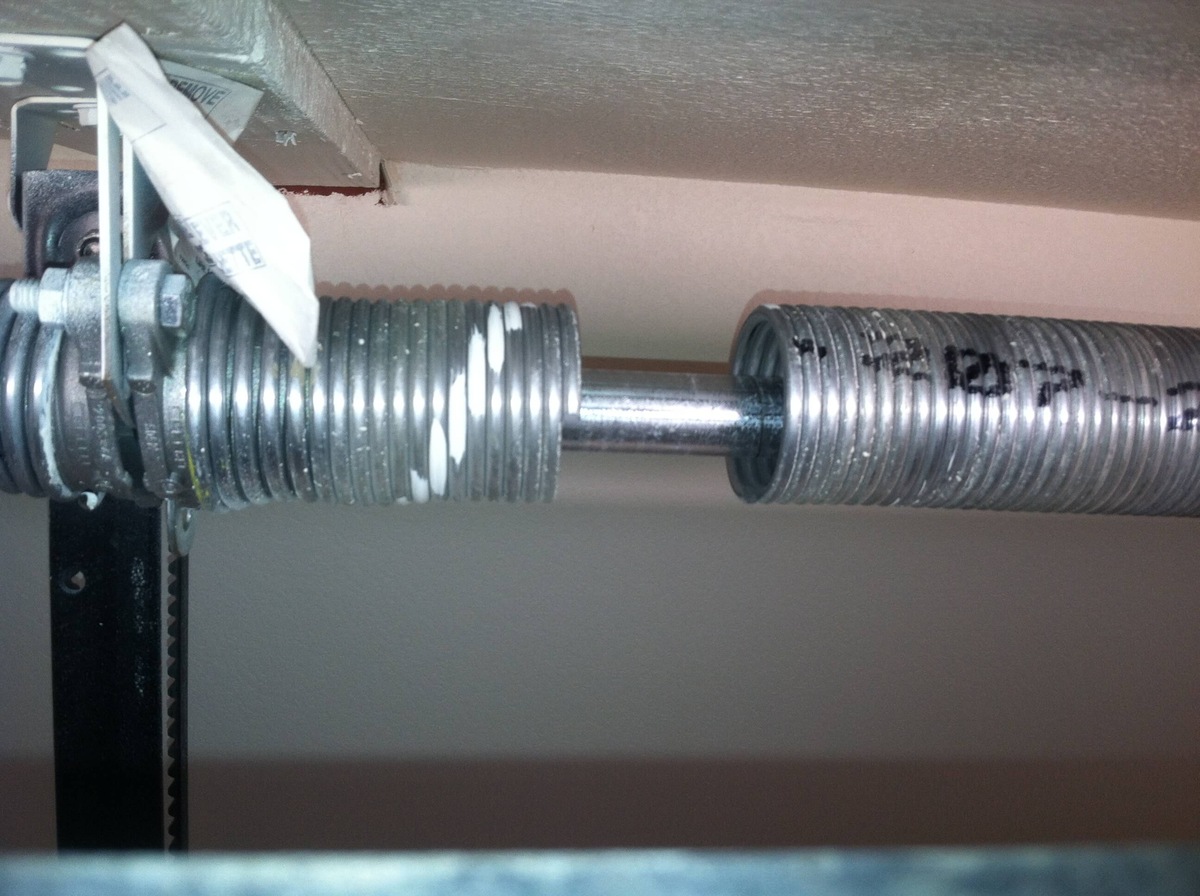

Articles
What Does A Broken Garage Door Spring Look Like
Modified: March 25, 2024
Learn what a broken garage door spring looks like and how to identify it. Read our informative articles to understand the signs of a faulty spring and get tips for repair or replacement.
(Many of the links in this article redirect to a specific reviewed product. Your purchase of these products through affiliate links helps to generate commission for Storables.com, at no extra cost. Learn more)
Introduction
Garage doors serve as a crucial entry point into our homes, ensuring the safety of our vehicles and belongings. However, like any mechanical system, garage doors are susceptible to wear and tear over time. One of the most common issues that homeowners face with their garage doors is a broken spring.
Garage door springs are vital components that bear the weight of the door and help it open and close smoothly. When a spring breaks, it can lead to various problems, including difficulty in operating the door, increased strain on other parts of the system, and even potential safety hazards.
If you suspect that your garage door spring is broken, it is important to address the issue promptly. In this article, we will discuss how to identify a broken garage door spring by examining its visual appearance and other signs, as well as the importance of seeking professional assistance or attempting a DIY repair.
So, let’s dive in and take a closer look at garage door springs and the telltale indications of a broken spring.
Key Takeaways:
- Identifying signs of a broken garage door spring, such as difficulty in operation, loud noises, and visual irregularities, is crucial for prompt action and ensuring the safety and functionality of your garage door system.
- Whether opting for professional assistance or attempting a DIY replacement, addressing a broken garage door spring promptly is essential for maintaining smooth operation, preventing further damage, and enhancing the safety and security of your home.
Read more: How To Open Garage Door With Broken Spring
Understanding Garage Door Springs
Before we proceed to identify the signs of a broken garage door spring, it is essential to have a basic understanding of how these springs function. Garage door springs are responsible for counterbalancing the weight of the door, making it easier to open and close manually or with the help of a garage door opener.
There are two main types of garage door springs: torsion springs and extension springs. Torsion springs are typically installed above the garage door, parallel to the ceiling. They use torque to create the necessary force to lift and lower the door. On the other hand, extension springs are typically installed alongside the horizontal tracks of the garage door and expand and contract to facilitate movement.
Both types of garage door springs are subjected to immense tension and stress during operation, which can lead to eventual wear and tear. Over time, these springs may weaken or break due to factors such as age, frequent use, poor maintenance, or extreme temperature changes.
It is important to note that attempting to repair or replace a garage door spring can be dangerous due to the high tension involved. Therefore, it is recommended to seek the assistance of a trained professional to ensure safe and effective repairs.
Now that we have a basic understanding of garage door springs, let’s proceed to examine the signs that indicate a broken spring.
Signs of a Broken Garage Door Spring
A broken garage door spring can manifest in various ways, making it crucial to be able to recognize the signs and take appropriate action. Here are some common indications that your garage door spring might be broken:
- Difficulty in Opening or Closing: One of the first signs of a broken garage door spring is difficulty in operating the door. If you notice that the door is suddenly heavier or requires more effort to lift manually or with the help of an opener, there is a high chance that a spring is broken or on the verge of breaking.
- Loud Noise: A loud bang or snapping sound coming from your garage when you attempt to open or close the door could indicate a broken spring. This noise is often the result of the tension being released when the spring breaks.
- Uneven Movement: If your garage door appears to move unevenly or is crooked when opening or closing, it could be a sign of a broken spring. When one spring fails, it can cause an imbalance in the system, leading to erratic movement.
- Gaps in the Spring: Inspect the springs visually to check for any noticeable gaps or separation. A broken spring may have a visible gap or appear stretched out compared to a functioning spring.
- Visible Wear and Tear: Look for signs of wear and tear, such as rust or corrosion, on the springs. Over time, these factors can weaken the spring and make it more prone to breaking.
It is important to note that these signs may not always be definitive proof of a broken spring. Other factors, such as faulty cables or rollers, can also cause similar symptoms. To accurately diagnose the issue, it is recommended to contact a professional garage door technician.
Now that we have discussed the signs of a broken garage door spring, let’s examine the visual appearance of a broken spring to further confirm our suspicions.
Visual Appearance of a Broken Garage Door Spring
When it comes to identifying a broken garage door spring, visual inspection can provide valuable clues. Although not all broken springs will exhibit the same appearance, there are a few common visual indications to look out for:
- Gap or Break: One of the most obvious visual signs of a broken garage door spring is a visible gap or break in the spring itself. This can occur anywhere along the length of the spring, and it may be accompanied by a noticeable separation.
- Stretched or Twisted Spring: Another visual clue of a broken spring is if the spring appears stretched out or twisted. This can happen when the spring fails to properly support the weight of the garage door, causing it to lose its normal shape and integrity.
- Coils Separating: In some cases, a broken spring may show coils that are separating or coming apart from one another. This is a clear indication of a faulty spring that needs immediate attention.
- Signs of Damage: Inspect the spring for any signs of damage, such as cracks, chips, or rust. These visible indications of wear and tear can weaken the spring and increase the likelihood of it breaking.
It’s important to remember that garage door springs are under high tension and can be dangerous to handle. Therefore, it is not recommended to attempt any repairs or adjustments yourself. Instead, contact a professional garage door technician who has the necessary expertise and equipment to safely replace the broken spring.
Now that we have discussed the visual appearance of a broken garage door spring, let’s explore other indications that can confirm a spring has indeed broken.
Other Indications of a Broken Garage Door Spring
In addition to the visual appearance of a broken garage door spring, there are a few other indications that can help confirm your suspicion:
- Door Is Stuck: If your garage door is completely stuck and refuses to open or close, it could be a strong indication of a broken spring. The lack of spring tension can cause the door to become immovable or get stuck in an awkward position.
- Imbalanced Door: A broken spring can cause an imbalance in the garage door. If one side of the door appears higher or lower than the other, it suggests that one spring has failed, resulting in an uneven distribution of weight.
- Frequent Opener Motor Overload: If your garage door opener repeatedly stops functioning or shows signs of motor overload when attempting to open or close the door, it could be due to the added strain caused by a broken spring.
- Fast and Uncontrolled Door Movement: A broken spring can result in sudden and rapid door movement. If your garage door opens or closes too quickly or descends rapidly when releasing the opener, it may be due to the lack of spring tension.
- Visible Damage to Other Parts: A broken spring can put additional stress on other components of the garage door system, such as the cables, rollers, or hinges. Look for any visible signs of damage or wear on these parts, as it may indicate a broken spring.
It is important to address a broken garage door spring promptly to prevent further damage to your garage door system and ensure the safety of you and your family. Attempting to repair or replace a broken spring yourself can be dangerous and is best left to trained professionals.
Now that we have explored the various indications of a broken garage door spring, let’s discuss the importance of addressing this issue without delay.
Inspect your garage door springs for any signs of wear, such as gaps or separation in the coils, rust, or visible damage. If you notice any of these issues, it’s likely that your garage door spring is broken and needs to be replaced.
Read more: How To Replace A Broken Garage Door Spring
Importance of Addressing a Broken Garage Door Spring
Addressing a broken garage door spring is not only important for the proper functioning of your garage door but also for the safety and security of your home. Here are several reasons highlighting the importance of addressing this issue without delay:
- Smooth Operation: A broken spring can significantly impact the smooth operation of your garage door. It can make it difficult or even impossible to open or close the door, causing inconvenience and frustration. By addressing the issue promptly, you can restore the functionality of your garage door, allowing for seamless operation.
- Prevention of Further Damage: A broken spring can put additional stress on other components of the garage door system, such as cables, rollers, hinges, and the opener. If left unattended, this added strain can lead to further damage and potentially costly repairs. By promptly replacing the broken spring, you can prevent the need for more extensive repairs down the line.
- Enhanced Safety: A garage door with a broken spring can pose a safety hazard. The door may become unstable and fall unexpectedly, potentially causing injury or property damage. Timely replacement of the broken spring ensures the safe operation of your garage door, minimizing the risk of accidents.
- Increased Security: A malfunctioning garage door compromises the security of your home. A broken spring can make it easier for intruders to gain unauthorized access to your garage and possibly your home. By addressing the issue promptly, you can restore the security of your garage and protect your valuable possessions.
- Minimized Downtime: A broken spring can render your garage door inoperable, preventing you from using your garage as intended. This can disrupt your daily routine and activities, such as parking your vehicle, accessing storage, or using your garage as a workspace. Swift replacement of the broken spring ensures minimal downtime and allows you to resume your normal routines without prolonged inconvenience.
Given the importance of addressing a broken garage door spring, it is highly recommended to seek professional assistance for repair or replacement. While there are DIY methods available, they can be risky and may not guarantee long-term effectiveness.
Now that we understand the importance of addressing a broken garage door spring, let’s explore the options available for professional assistance in repairing or replacing the spring.
Professional Assistance for Repairing Garage Door Springs
When it comes to repairing or replacing a broken garage door spring, seeking professional assistance is highly recommended. Here’s why:
- Expertise and Experience: Professional garage door technicians have the necessary expertise and experience to handle broken springs safely and effectively. They are well-versed in the intricacies of garage door systems and can accurately diagnose the issue, ensuring the appropriate solution.
- Proper Tools and Equipment: Repairing or replacing a broken garage door spring requires specialized tools and equipment. Professional technicians are equipped with the right tools to safely handle springs under high tension, minimizing the risk of injury and ensuring a successful repair.
- Quality Replacement Parts: Garage door professionals have access to high-quality replacement parts and can recommend the most suitable option for your specific garage door system. This ensures that the new springs are durable and reliable, providing optimal performance and longevity.
- Comprehensive Inspection: In addition to addressing the broken spring, professional technicians will conduct a comprehensive inspection of your entire garage door system. This allows them to identify any other potential issues or weaknesses and provide necessary repairs or maintenance, preventing future complications.
- Warranty and Guarantee: Reputable garage door service providers often offer warranties or guarantees on their workmanship and the replacement parts used. This provides peace of mind, knowing that you are covered in case of any issues that may arise after the repair or replacement.
By enlisting the help of professional technicians, you can ensure safe and efficient repairs, prolong the lifespan of your garage door system, and avoid potentially costly DIY mistakes.
If you decide to seek professional assistance, it is recommended to research and choose a reliable and reputable garage door repair service. Look for companies with a good reputation, positive customer reviews, and proper licensing and insurance. You can also ask for referrals from friends, family, or neighbors who have previously used such services.
Now that we have discussed the importance of professional assistance, let’s explore the DIY steps to replace a broken garage door spring for those who are comfortable with hands-on projects.
DIY Steps to Replace a Broken Garage Door Spring
Replacing a broken garage door spring is a complex task that requires precise knowledge and specialized tools. It is recommended to seek professional assistance for the most efficient and safe repair. However, if you are an experienced DIY enthusiast and feel confident in your abilities, you can attempt to replace the broken spring yourself. Here are the general steps involved:
- Gather the necessary tools: Before you begin, make sure you have the proper tools on hand. This may include winding bars, a socket wrench, C-clamps, pliers, safety glasses, and a ladder.
- Disconnect the opener: Start by disconnecting the garage door opener from the power source and disengaging the opener from the door. This ensures that the door does not accidentally open or close during the replacement process.
- Measure and order the replacement spring: Carefully measure the length of the broken spring, its inside diameter, and the wire size. Use these measurements to order a suitable replacement spring from a reputable supplier.
- Release tension from the old spring: Using winding bars, carefully release the tension from the old broken spring. This must be done with caution to prevent any sudden movements or injuries.
- Remove the old spring: Once the tension is released, remove the old broken spring from the torsion tube or extension brackets, depending on the type of spring used in your garage door system.
- Install the new spring: Follow the manufacturer’s instructions to install the new spring, ensuring it is properly secured and aligned with the torsion tube or extension brackets. Be cautious and take necessary safety precautions during this step.
- Wind the new spring: Using winding bars, carefully wind the new spring to achieve the appropriate tension. This step requires precision and attention to detail, as an incorrectly wound spring can be dangerous.
- Reconnect the opener and test the door: Once the new spring is in place and properly tensioned, reconnect the garage door opener and test the door’s functionality. Ensure that the door opens and closes smoothly and without any issues.
- Regular maintenance: After completing the replacement, remember to schedule regular maintenance for your garage door system. This includes lubricating moving parts, tightening bolts and screws, and inspecting for any signs of wear or damage.
It is essential to note that DIY garage door spring replacement is not recommended for inexperienced individuals. The task involves working with high tension springs, which can cause serious injury if mishandled. It is always safer and more efficient to seek professional assistance when dealing with broken garage door springs.
Now that we have explored the DIY steps for replacing a broken garage door spring, let’s conclude our article.
Conclusion
A broken garage door spring is a common issue that can significantly impact the functionality, safety, and security of your garage door. By identifying the signs of a broken spring, such as difficulty in opening or closing the door, loud noises, and visual irregularities, you can take prompt action to address the problem.
While it is possible to attempt a DIY replacement of a broken garage door spring, it is highly recommended to seek professional assistance. Garage door technicians have the necessary expertise, experience, and tools to safely and effectively repair or replace the spring, minimizing the risk of injury and ensuring the proper functioning of your garage door system.
Addressing a broken garage door spring is crucial for maintaining smooth operation, preventing further damage to other components, enhancing safety and security, and minimizing downtime. It is an investment in the long-term performance and longevity of your garage door.
Whether you choose to hire a professional or take on the task yourself, it is important to prioritize the maintenance and regular inspection of your garage door system. This includes addressing any signs of wear and tear, lubricating moving parts, and scheduling professional maintenance to ensure optimal performance and prevent future issues.
Remember, a functioning and well-maintained garage door contributes to the convenience and security of your home. By addressing a broken garage door spring promptly and taking proactive measures, you can ensure a safe and reliable garage door system for years to come.
So, if you notice any signs of a broken garage door spring, don’t hesitate to take action. It’s time to restore the functionality and peace of mind that comes with a properly functioning garage door.
Frequently Asked Questions about What Does A Broken Garage Door Spring Look Like
Was this page helpful?
At Storables.com, we guarantee accurate and reliable information. Our content, validated by Expert Board Contributors, is crafted following stringent Editorial Policies. We're committed to providing you with well-researched, expert-backed insights for all your informational needs.
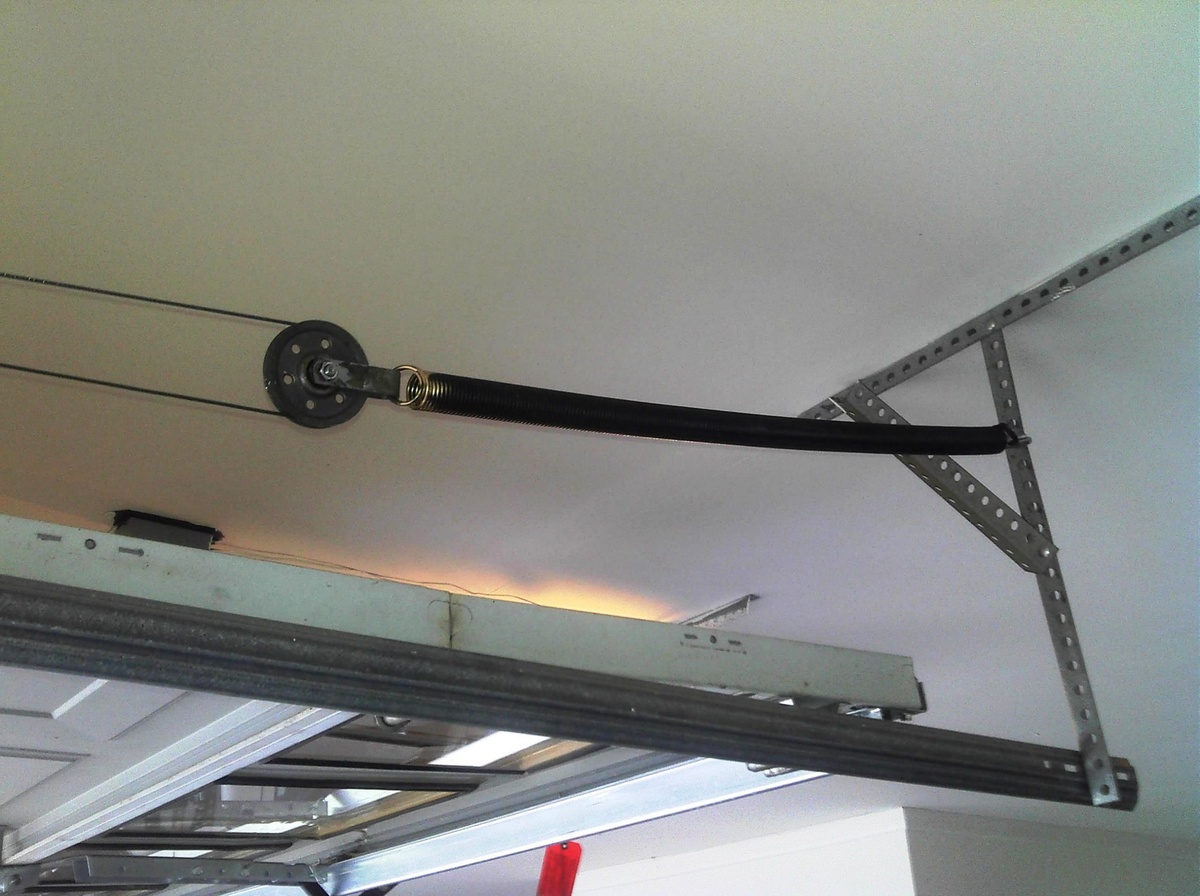
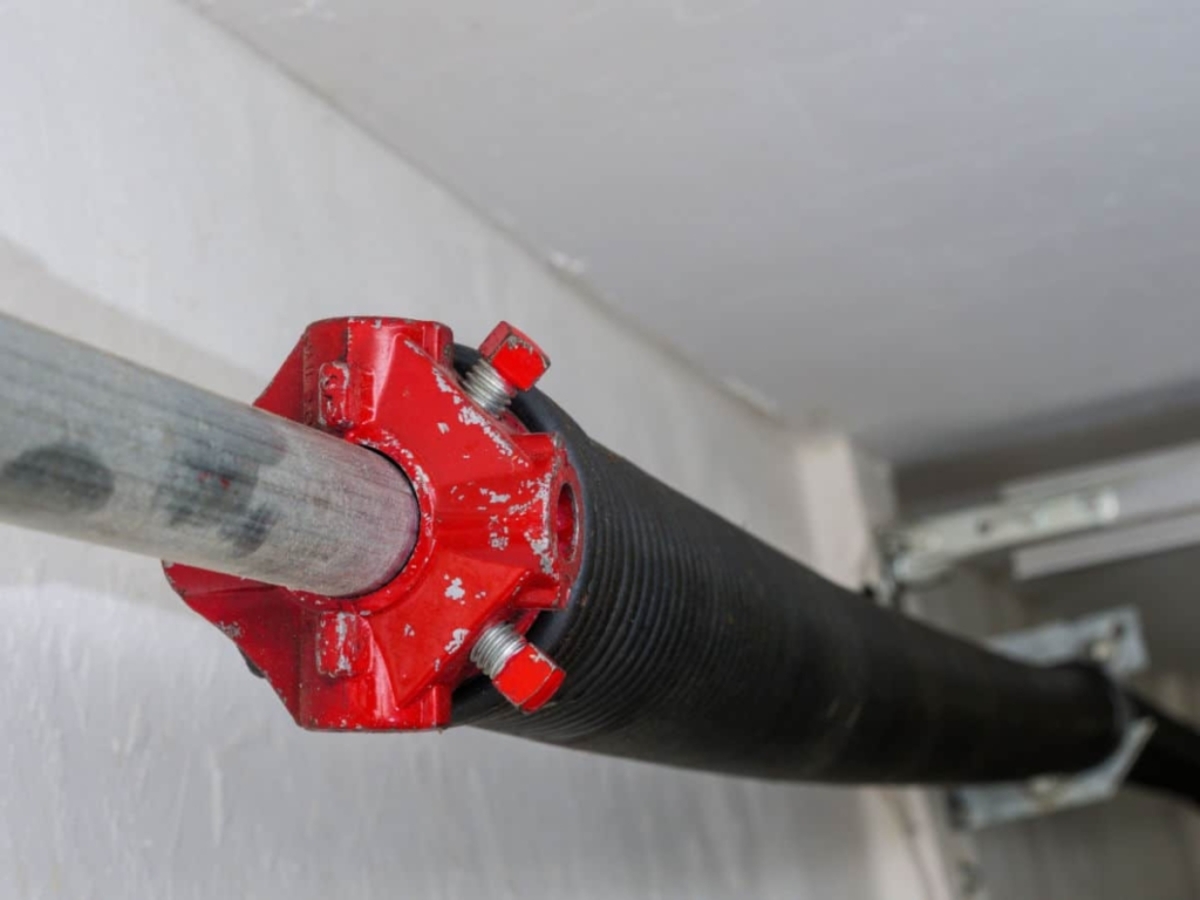
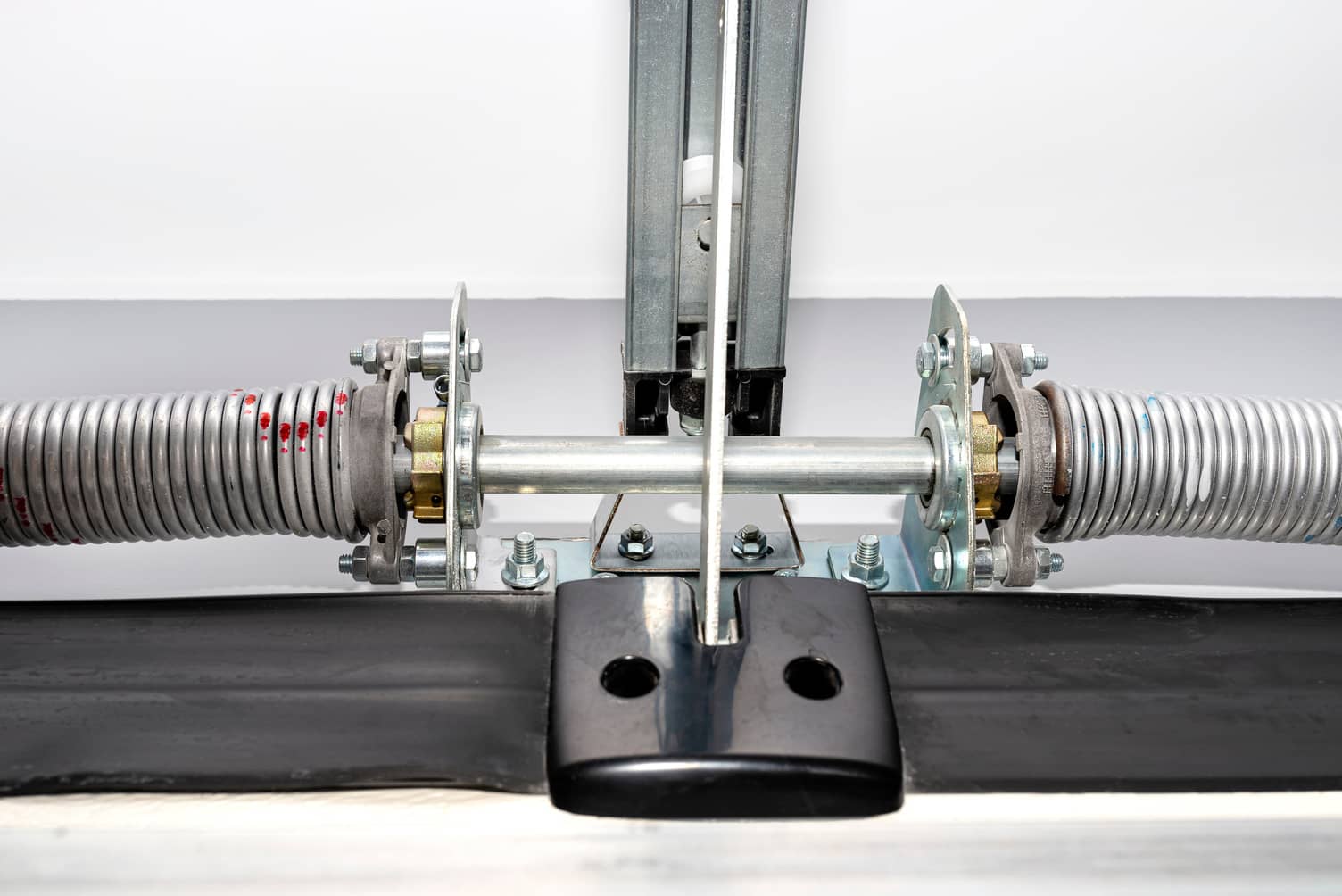


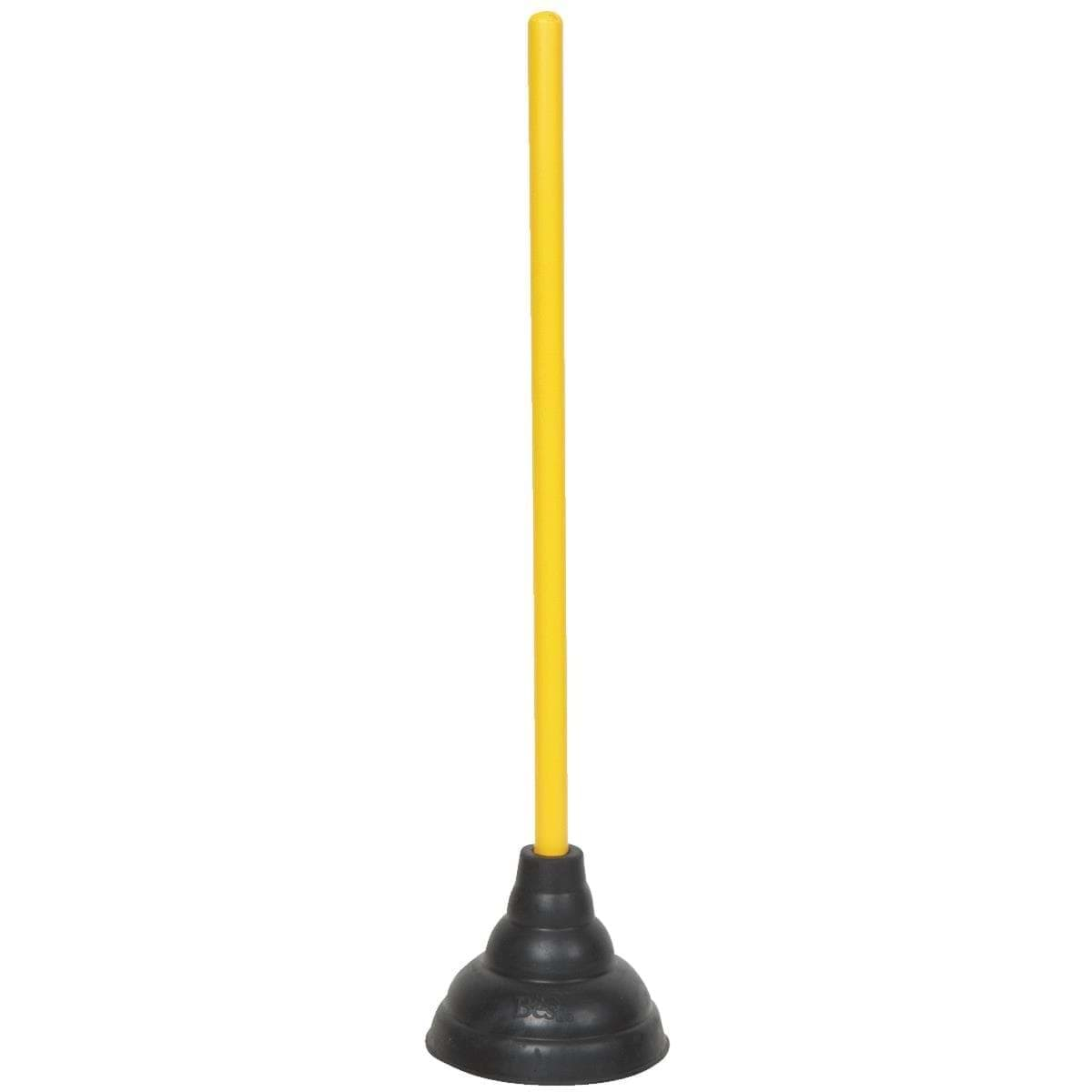


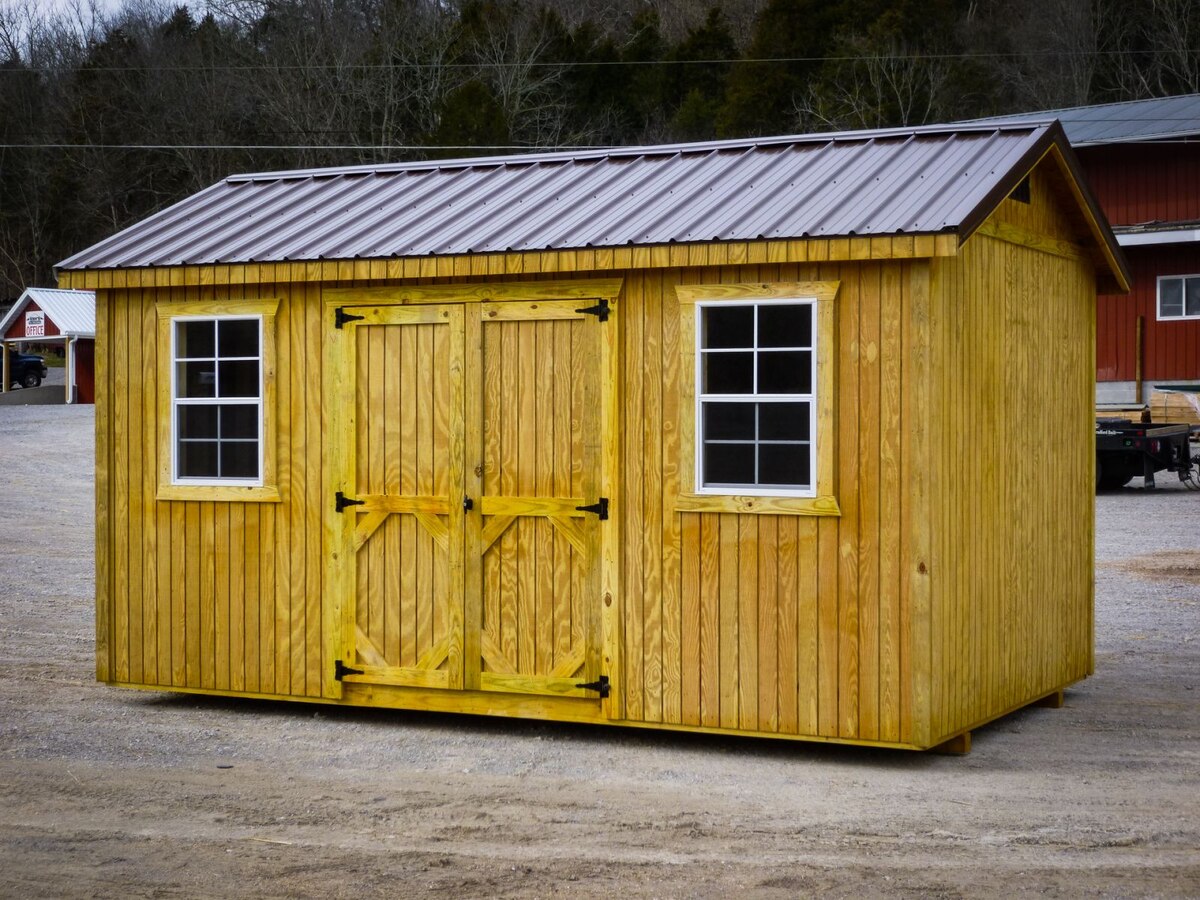
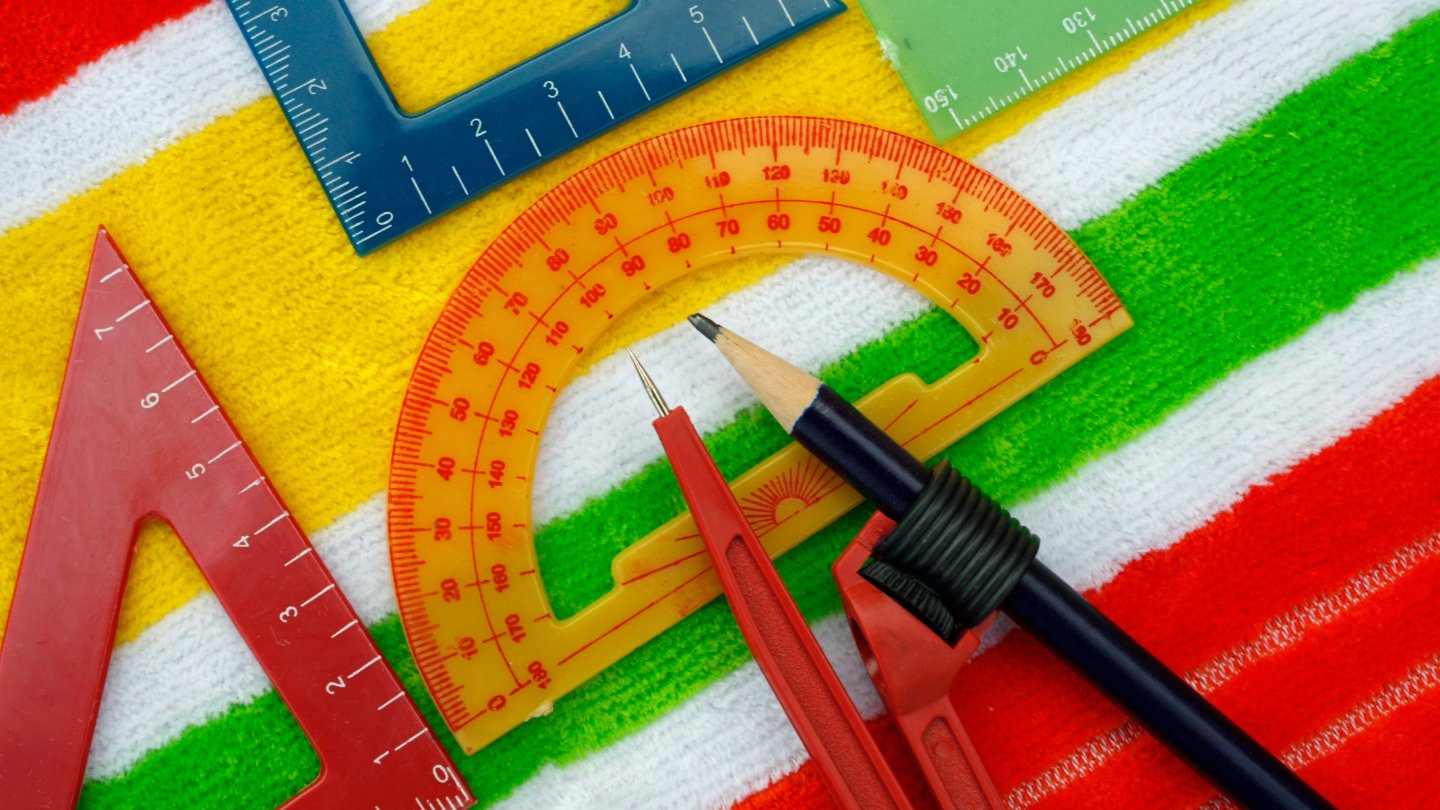

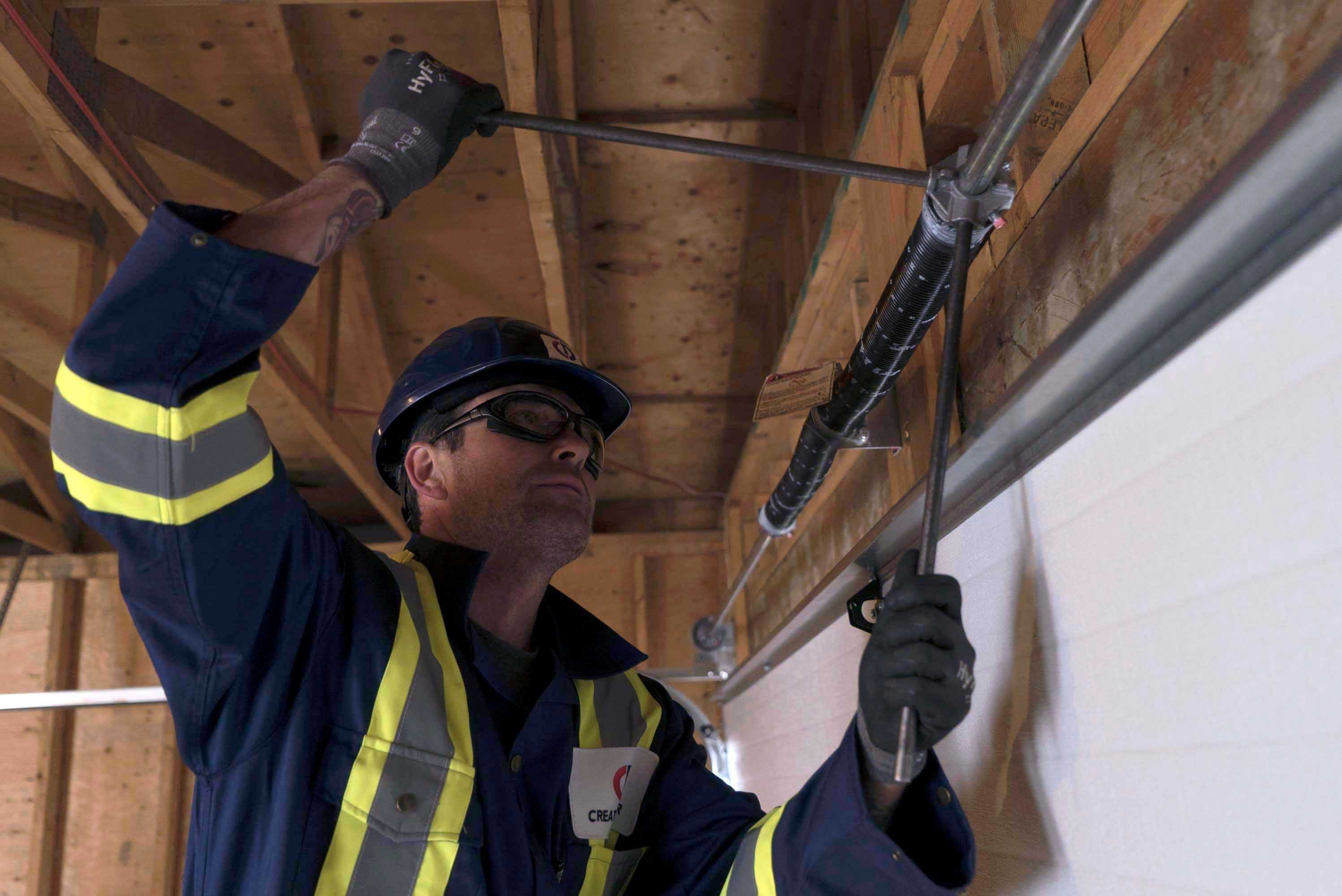
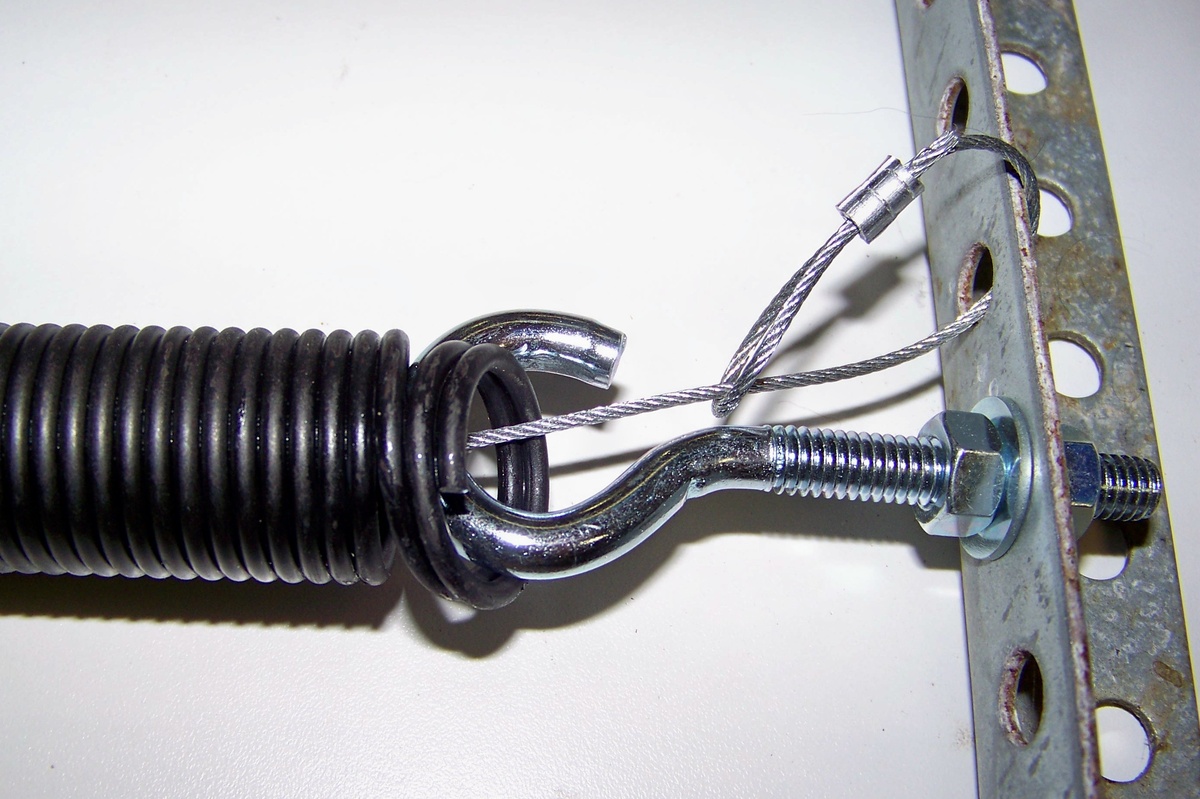
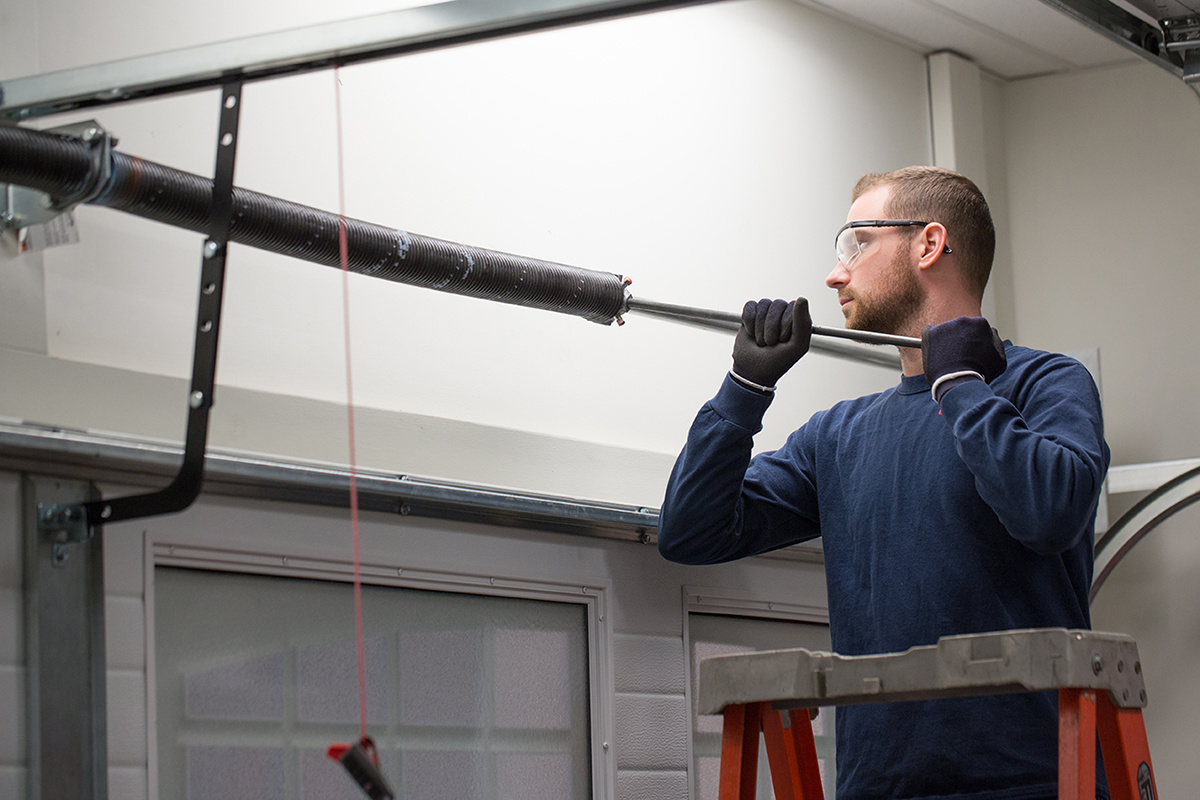

0 thoughts on “What Does A Broken Garage Door Spring Look Like”